Jan Hartwig was previously head chef at Atelier, where he earned three Michelin stars for the restaurant. The 2023 Michelin guide similarly awarded him three stars for his new venture Restaurant JAN. Mr Hartwig trained at two star Kastell in Wernberg-Koblitz, then worked for a year at Gastehaus Erfort before moving to Aqua, where he became sous-chef in 2009, prior to his move to Munich in 2014. JAN can seat up to 38 guests and features porcelain by the Munich company Nymphenberg, who have a partnership with the restaurant that extended to him using their factory as a pop-up venue while JAN was being completed. The new restaurant JAN opened in May 2022 near the Konigsplatz, the 19th century neoclassical square, in central Munich.
The dining room is on the ground floor, with the kitchen partially open to view from the room. The room itself has a quite modern feel, the wooden tables bare and stained black. Near the kitchen pass was a sign in German that said “no dancing on the tables until 8:30 pm”, and I have to say that I didn’t spot the chefs dancing at all, though there was certainly some well-coordinated tweezering going on.
The wine list had 254 labels and ranged in price from €70 to €3,600, with a median price of €185 and an average markup to retail price of 2.6 times, which is lower than practically anywhere in the UK. Sample references were Horst Sauer Sylvaner Escherndorfer Lump S 2020 at €70 for a bottle that you can find in the high street for €29, Gump Hof Praesulis Pinot Blanc 2021 at €95 compared to its retail price of €22, and Heitlinger Königsbecher GG 2012 at €140 for a wine that will set you back €54 in the high street. For those with the means there was Krug Vintage 2004 at €685 compared to its retail price of €442, and Etienne Guigal Côte Rotie La Landonne 2014 at €680 for a wine whose current market value is €349.
As is often the case these days, the format is tasting menu only. This menu was priced at €320 (£275), or €255 (£219) at lunch for a rather shorter menu. An initial canapé was a tartlet of goose liver with capers and pecan nuts. This was really dazzling, the pastry ultra-delicate and the goose liver having gloriously rich flavour, the richness balanced by the capers, the nuts providing a pleasing textural balance (20/20). I should mention that a vegetarian alternative of Jerusalem artichoke mousse tartlet was also superb. This was followed by a further canapé with a meringue base, crisp chicken skin flavoured with pepper, pickled carrot and mustard seeds. While not quite in the league of the good liver canapé, this was certainly excellent, quite light and with contrasting textural layers (19/20). Buckwheat croustade was also lovely, filled with tartare of char from lake Schliersee in Bavaria, along with tapioca pearls marinated in soy and ginger (20/20). So often an afterthought in restaurants, these canapés were really magnificent.
The next offering was gratinated Irish oyster with a grilled layer of Gruyère cheese and glazed scallion (spring onion). This was also superb, the oyster lovely and the sharpness of the onion and the richness of the cheese offsetting the salinity of the cooked oyster (19/20). This was followed by a dish featuring Kaluga caviar from top producer N25, a Chinese supplier. This caviar is from a fish that is a cousin of the beluga sturgeon, and is one of the very best caviars that I have come across. The N25 version is particularly good, the farmed sturgeon being allowed to live longer (up to 16 years) than at many other caviar suppliers and developing better flavour in that extra time. The dish was based on a savoury Japanese custard (chawanmushi) with miso mayonnaise as well as roasted Piedmontese hazelnuts, and a dressing of leek oil from Kyoto. The custard was lovely, the hazelnuts superb and the caviar top notch, a fine combination of top-class ingredients, the humbler leek oil nicely marrying the other elements (19/20).
The char from lake Schliersee now reappeared in the form of the fish belly with a dashi beurre blanc, caviar, combava (a kind of lime) as well as onion sauce and lemongrass oil. The char was lovely and the burnt cream had been reduced slowly so that it was slightly caramelised, and was balanced beautifully by the sharpness of the combava. This was really top-notch cooking, the dish exquisitely balanced (20/20). At this stage bread made its first appearance, the sourdough made in the kitchen from scratch and served slightly warm. This had lovely crust and crumb, served with gorgeous Normandy butter from an artisanal supplier. There was also an alternative to the butter of cream cheese with celery, blue fenugreek and lovage.
My next course was calf sweetbread, this from a supplier called Metzgerei Glasstetter in Baden Württemberg. The sweetbread was glazed and with a quite crisp outer coating, but gloriously light and creamy inside. The sweetbread was topped with a little salad and came with parsley purée, eel mayonnaise, caramelised sunflower seeds, marinated celery and smoked trout with eel broth. The distinctive flavour of the eel worked really well with the delicate sweetbread, the earthy celery proving some balance, the dish having just enough greenery to avoid the sweetbread richness being too much. This was an absolutely glorious dish. I am very fond of sweetbread and this is one of the best I have encountered (20/20). This was followed by a won tun dumpling of foie gras, duck essence, vin jaune foam and pickled black truffle. The dumpling was delicate and the foie was gloriously deeply flavoured, the sauce also excellent (19/20).
The final savoury course was loin of lamb from the Gutshof Polting Estate in Bavaria, which has been sheep farming since 1928. The loin was served with white Bavarian asparagus, lamb sweetbread, morel mushrooms and also lamb tongue and heart with Parmesan, as well as a little salad. The lamb had really magnificent flavour, with the asparagus an earthy contrast to the richness of the sweetbread and other offal, with the sauce of the cooking juices also top notch. This was one of the best lamb dishes I have eaten (20/20).
In the place of a cheese board was a Swiss cheese called Urecihe, supplied by Jamei Laibspeis from Kempten in southern Germany. This aged hard cheese was freshly grated and combined with caramelised Roscoff onion, wine vinegar and candied sourdough bread, enlivened with a touch of balsamic vinegar. This was certainly an interesting and very enjoyable alternative to a conventional cheese selection. Dessert was based in rhubarb, both poached and thinly sliced. The rhubarb was accompanied by sorrel ice cream, rhubarb crisps, white chocolate mousse, goat yogurt parfait, little balls of beetroot and a sauce of rhubarb flavoured with vanilla. Although I wondered whether a rhubarb sorbet might have worked better than the sorrel, the rhubarb itself was superb, its sharpness cutting through the parfait and the white chocolate really well (19/20).
Coffee was from a Bavarian roaster called Dinzler, a blend made especially for the restaurant including coffee from Tanzania and Peru, and was certainly very good. This was served with a selection of petit fours. A little lemon “sandwich” was lovely, as was a tart of crème Chantilly with cassis, and a fabulous Paris Brest. The star was poppy seed madeleines, just baked in the oven. I love madeleines, and until tonight the best I had tried were lemon madeleines at Olivier Roellinger. I have to say that the ones tonight even had the edge over those, the texture of the madeleines being quite extraordinarily light and fluffy. I doubt that anyone has ever made a better madeleine than this. To finish there was an elegant box of chocolates, including passion fruit with vanilla, raspberry with balsamic, hazelnut with caramel and a chocolate flavoured with blueberry yoghurt. Service was lovely, and the bill came to €355 (£308) per person. This was a really magnificent meal, and one that thoroughly deserved its three-star Michelin accolade, unlike so many of Michelin’s recent promotions. This is cooking at its best, featuring top-quality produce, impeccable technique and innovative and exciting dishes.




























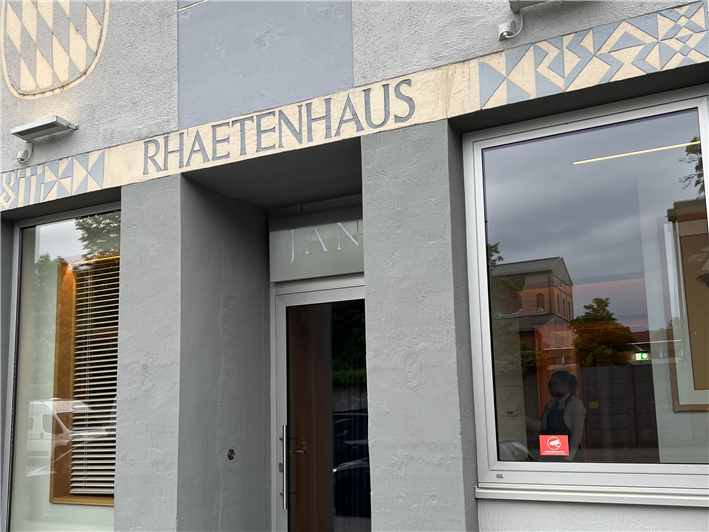
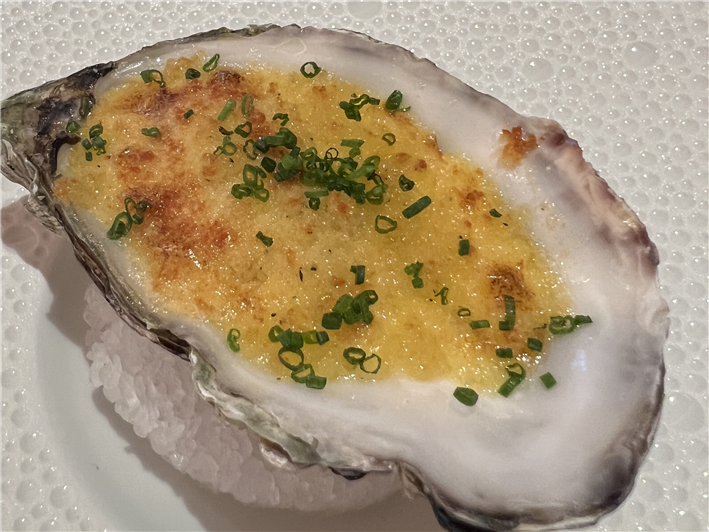
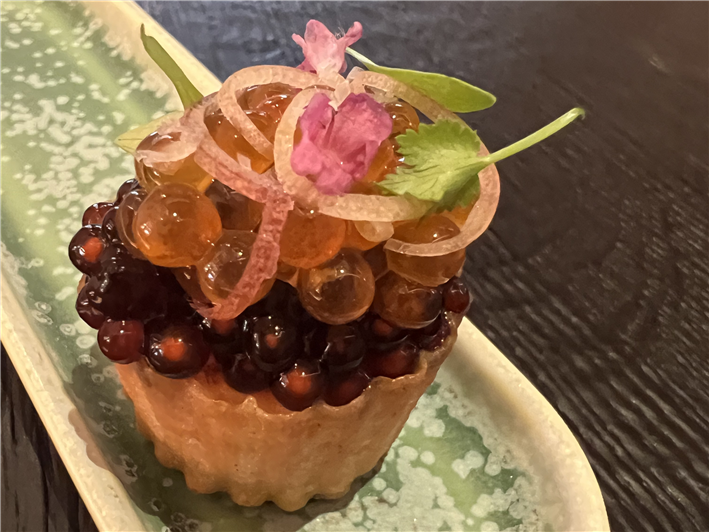
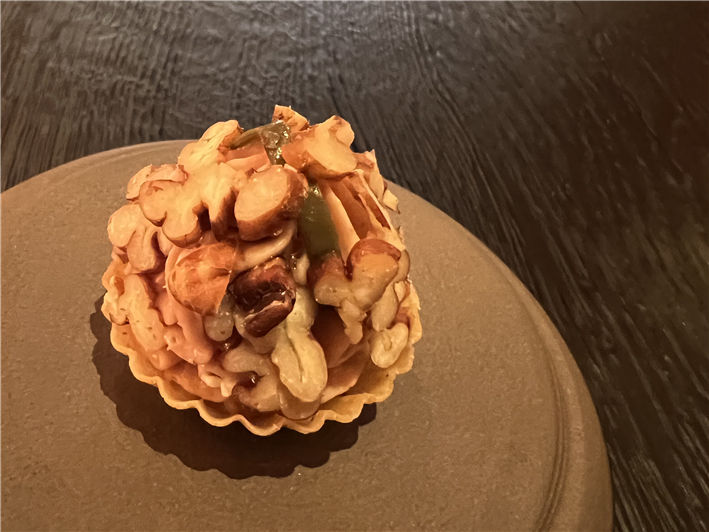
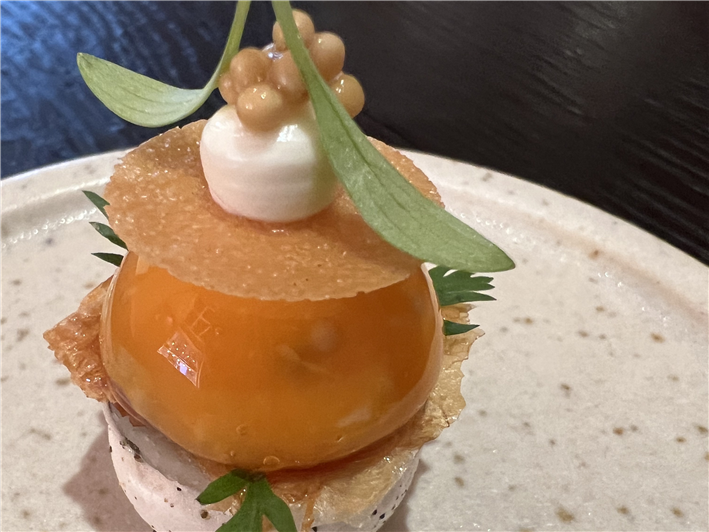
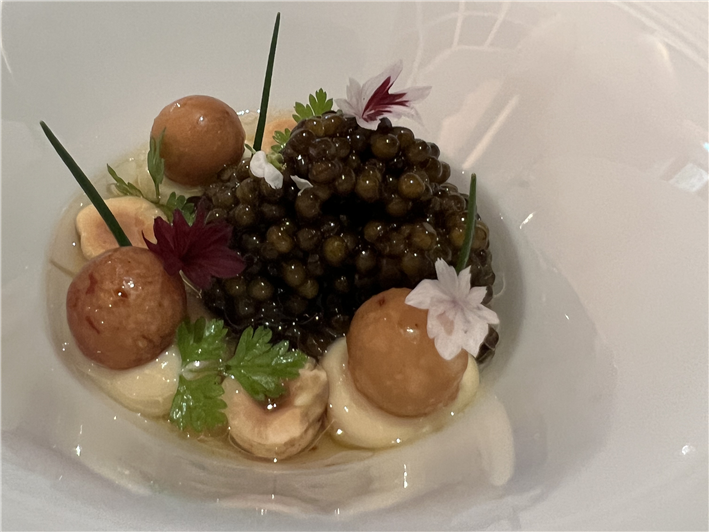
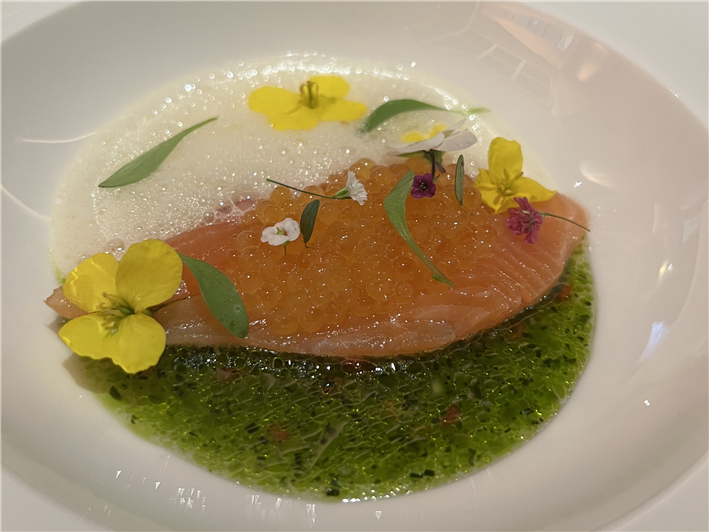
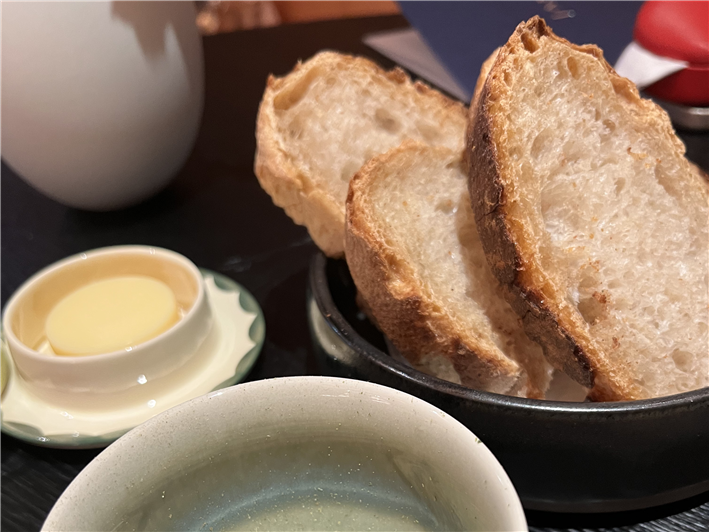
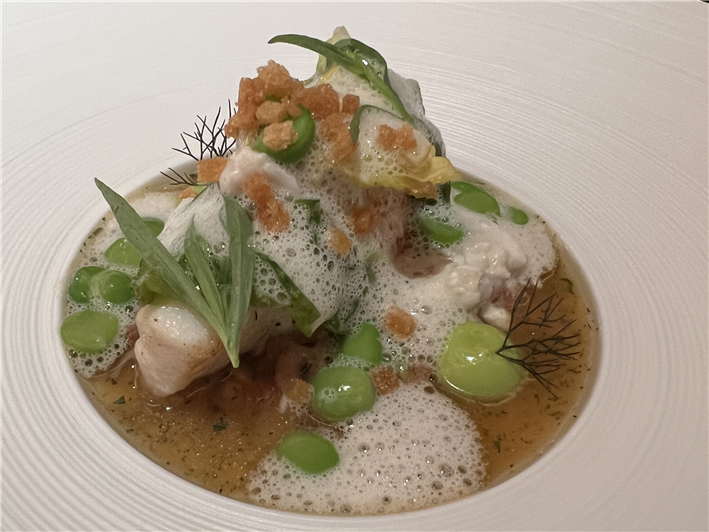
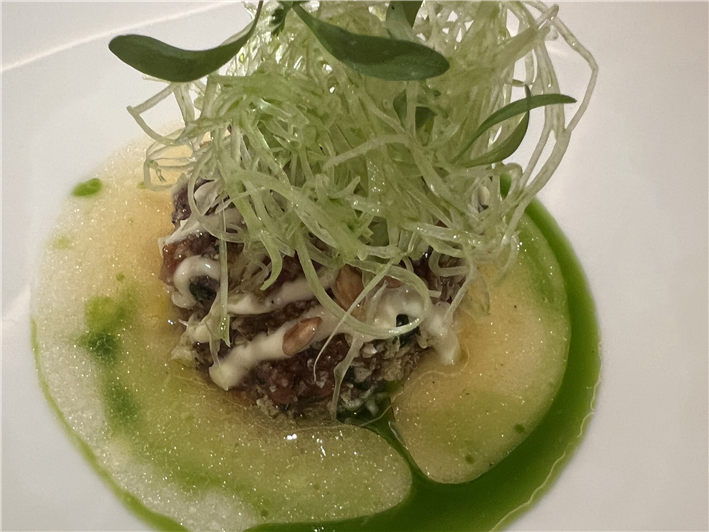
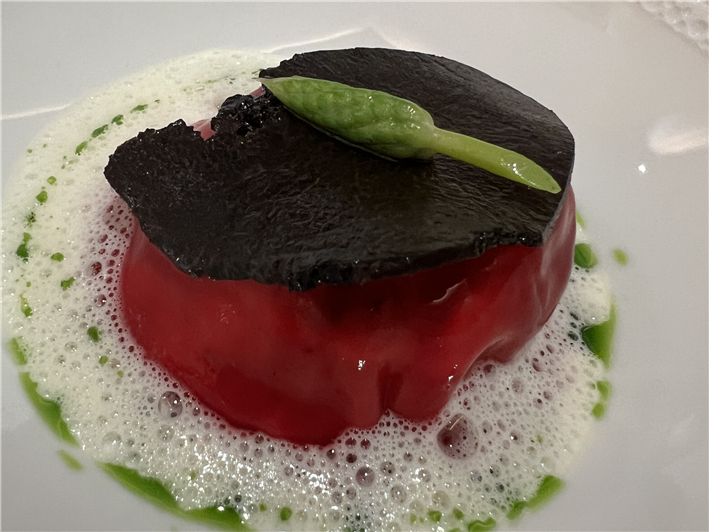
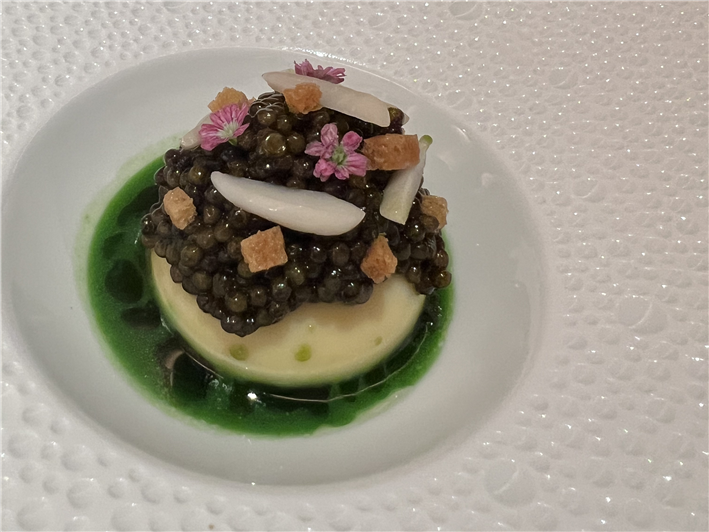

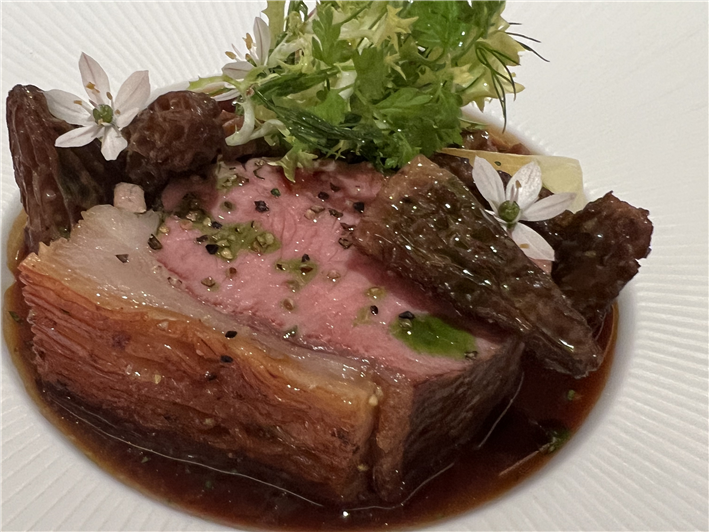
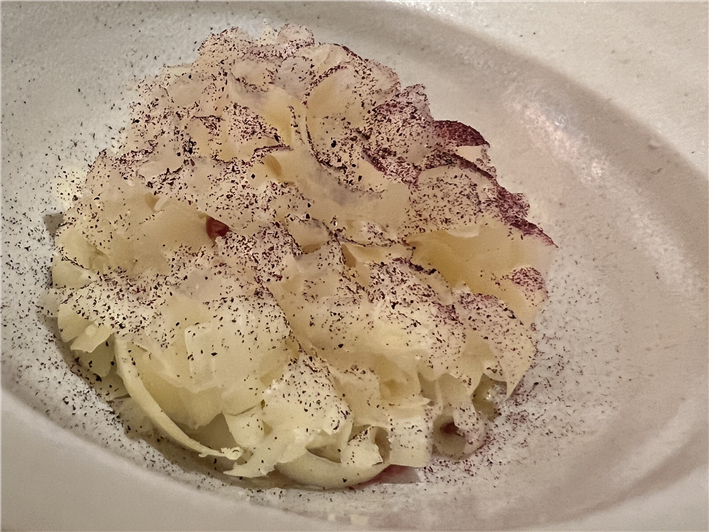
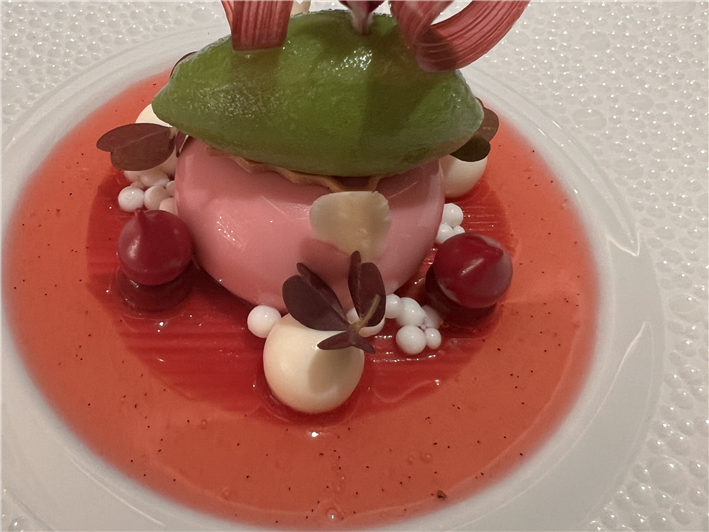
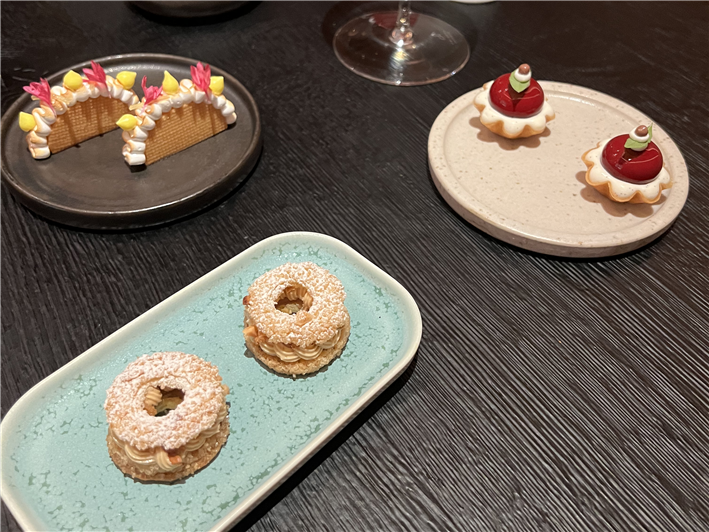
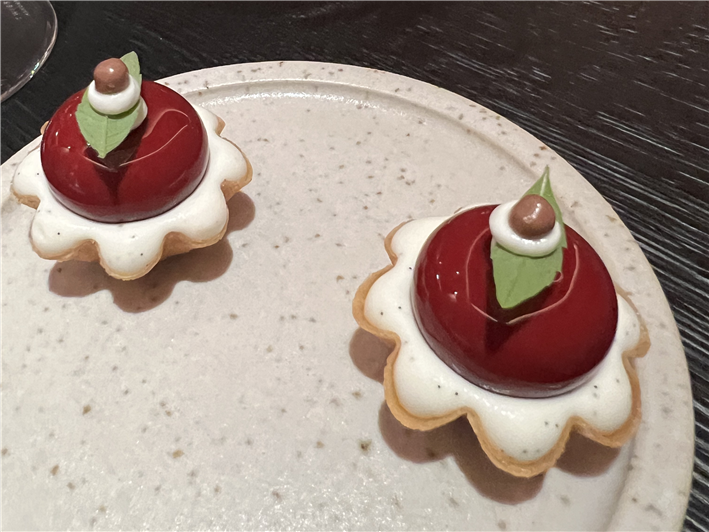
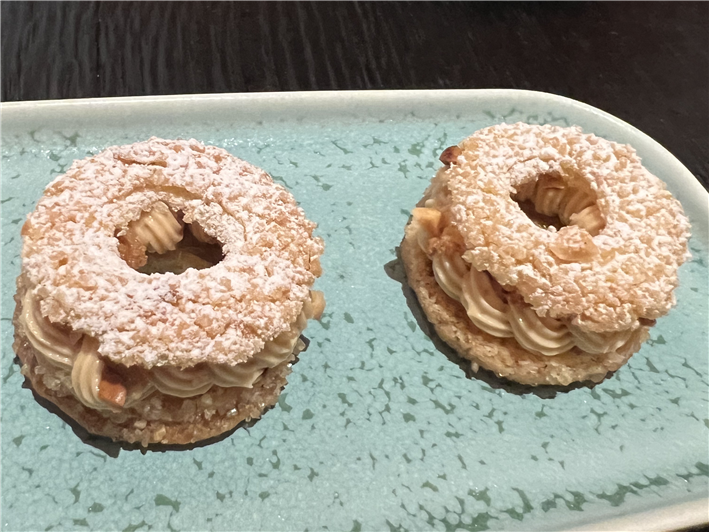

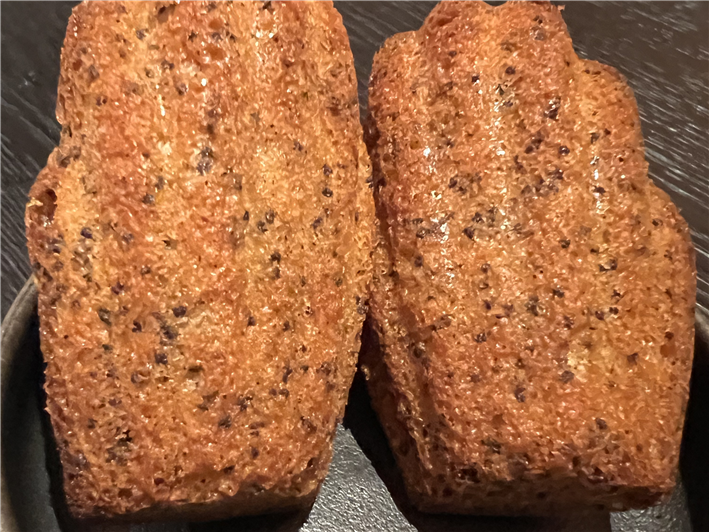

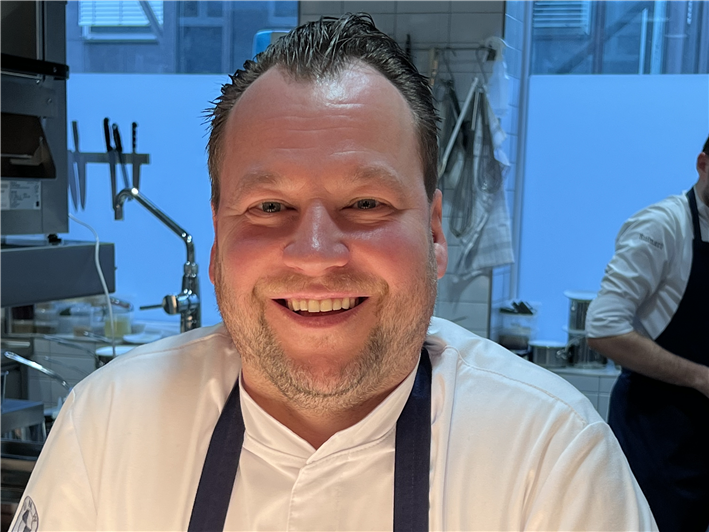

Paul Rudzinski
Just eaten there this evening & couldn't agree more
CRAIG MCGHEE
WE went in October from NYC for my cousins 75th birthday. She was head of tge World Trade Center and was lucky that day to be at the doctor. For hee 75th we decided to start in Basel and knife and fork our way for 40 days to Budapest and then finish up in Munich for the finale. JAN was not only the a wonderful ending but it was an experience of pure bliss. We met JAN who was also very witty and charming. I asked Helen one of the team members what is the glue that makes JAN so magical. Her response was "It's a team effort!"
felix claus
just commenting to thank you for all enjoyment and pre-dinner excitement your writing has brought me over the years un grand merci!
Raphael Gut
I have a Reservation for November and i'm already so excited since it will be my first ever encounter with real haute cuisine. As a student it's quite a financial commitment but it seems that it's going to be worth every single Penny! ;)
adrian bane
Sounds like one of your best dining experiences post covid. beautifully expressed with your words as well. bravo
Michael
Coming from S Africa to eat here at the end of July. So glad you had a great meal! Hope sweetbreads are still on the menu!
Heather Martin
Ha! I guessed that you were going here after the two last Munchen reviews! I was lucky enough to have had a reservation in December 2022 when over for a short holiday to see the local perchtenlaufen custom.... I can only agree that 20/20 is a fair and correct score. As a friend said to Herr Hartwig, "You are a culinary genius".